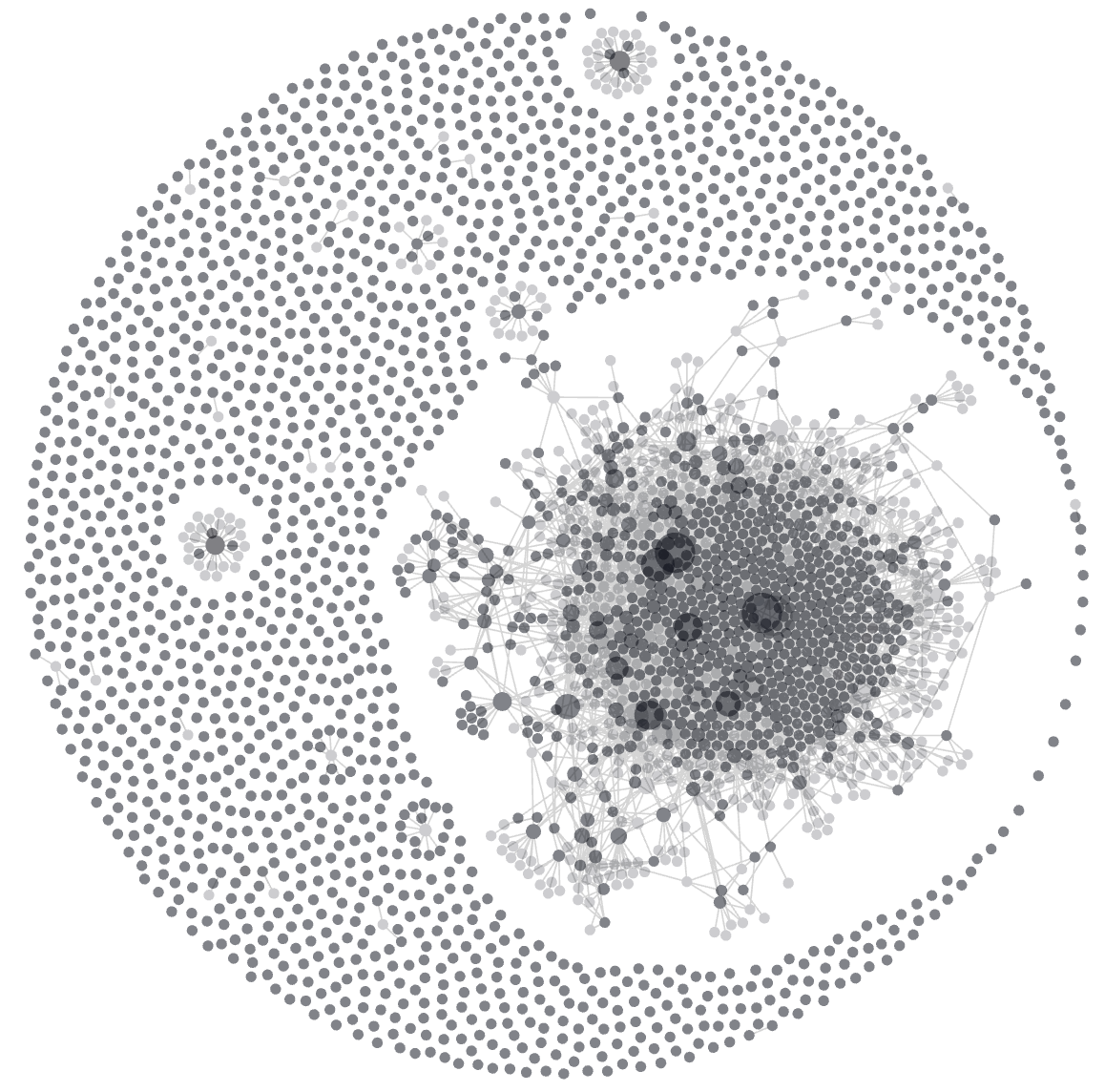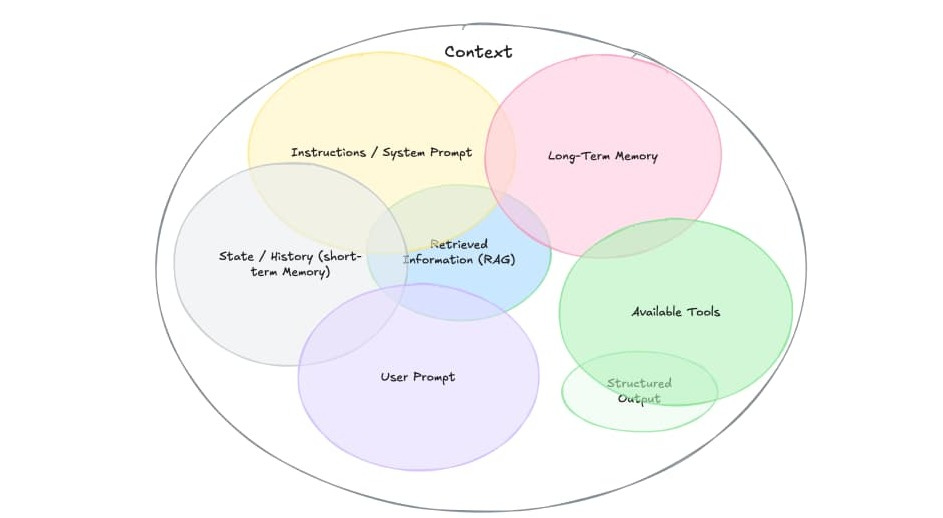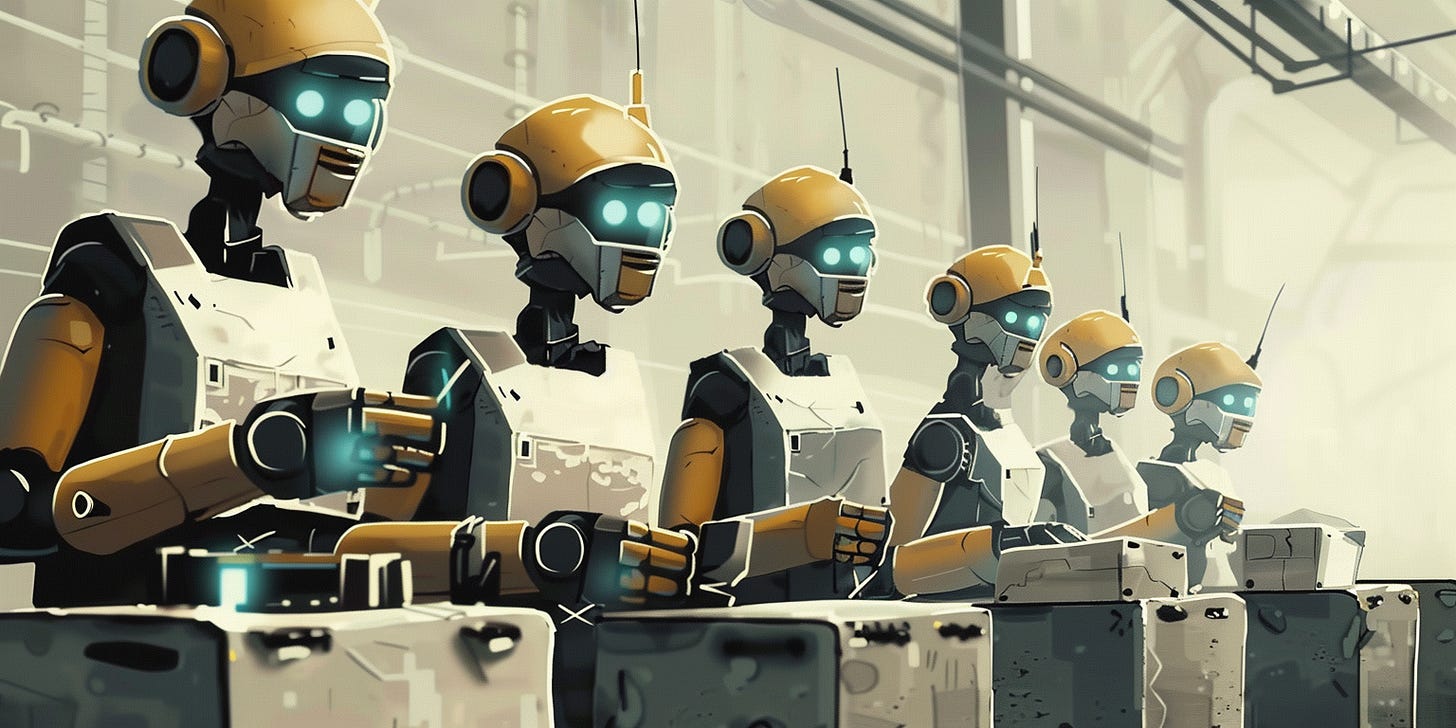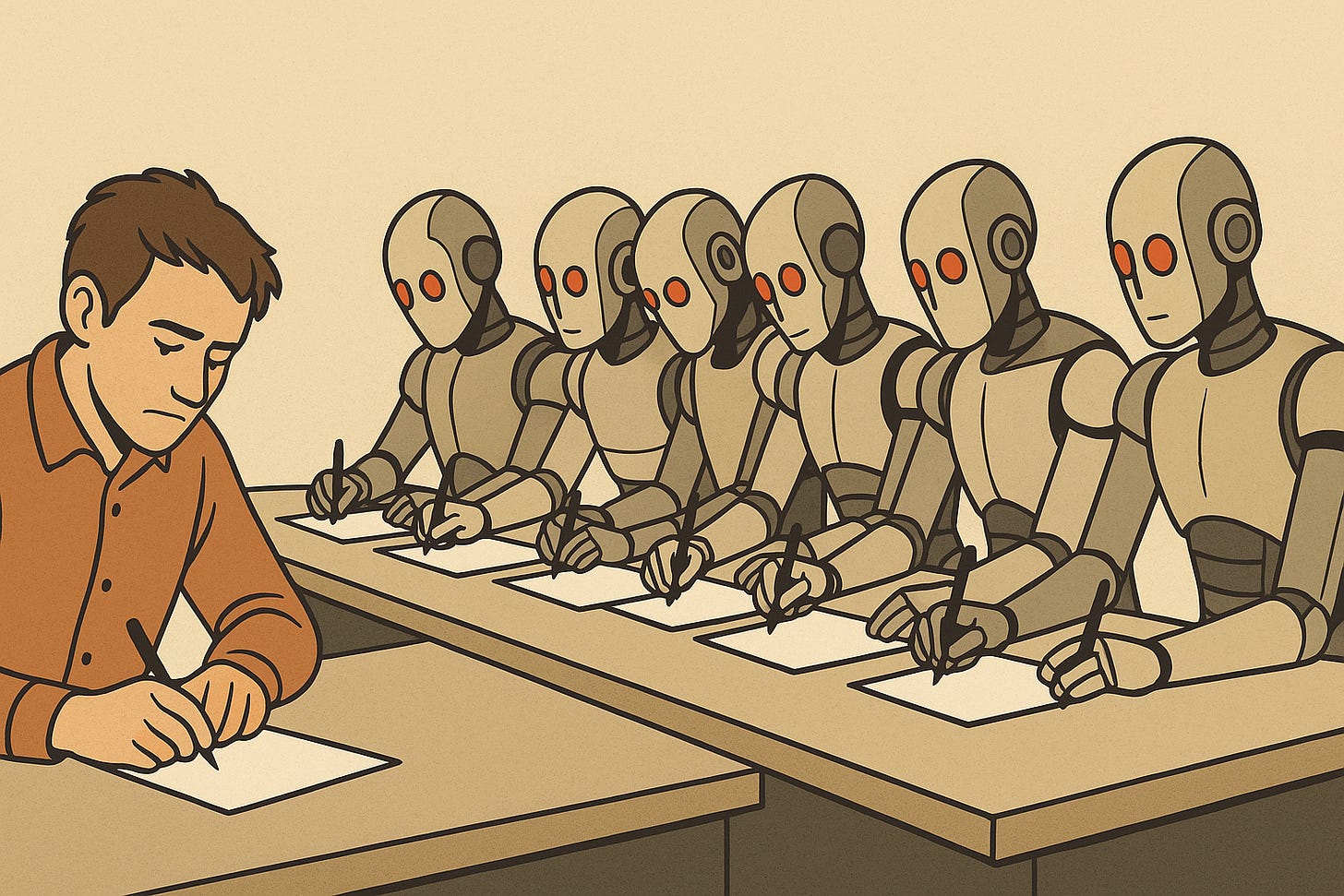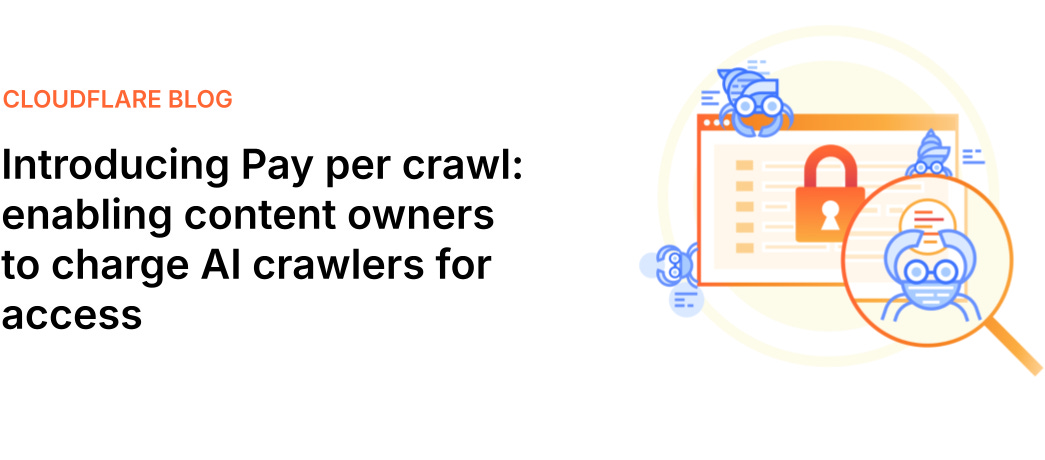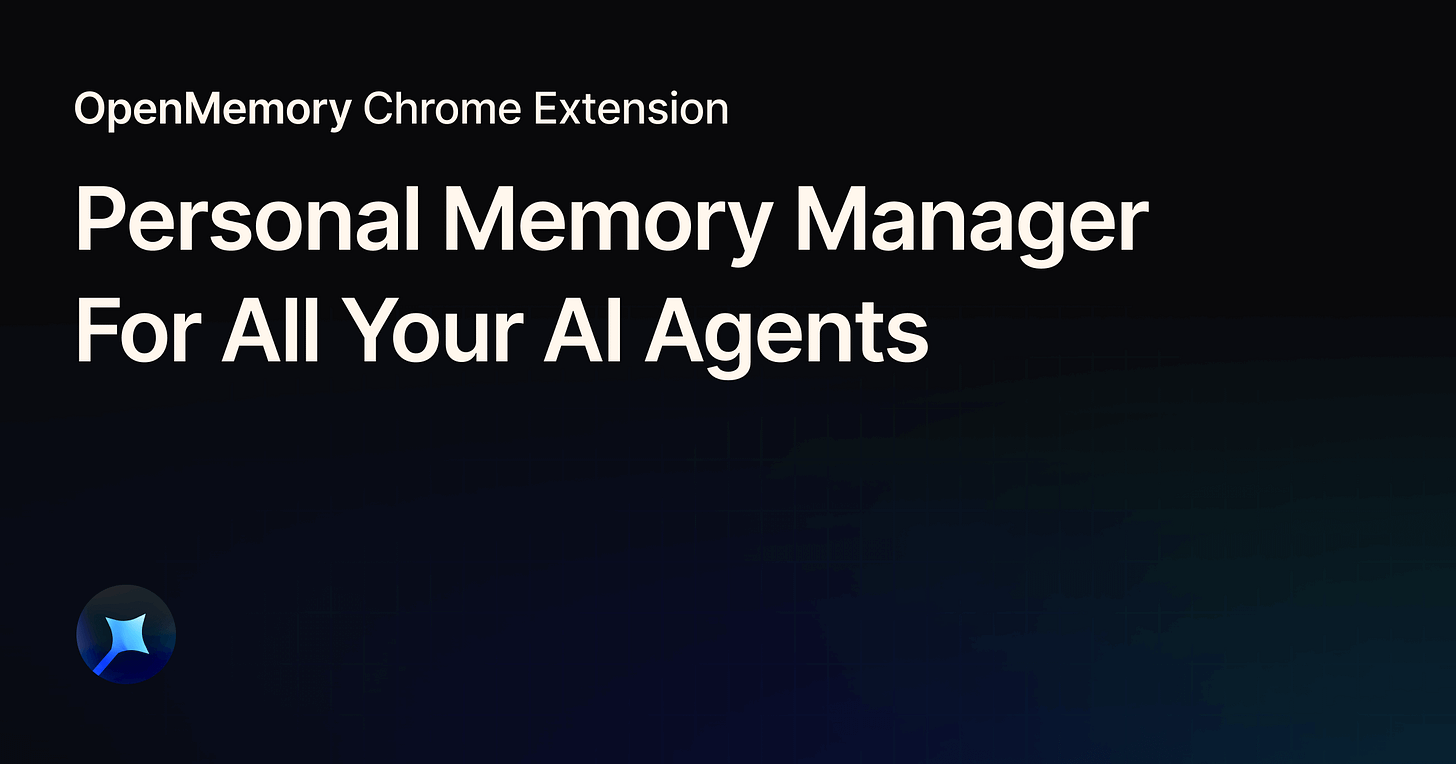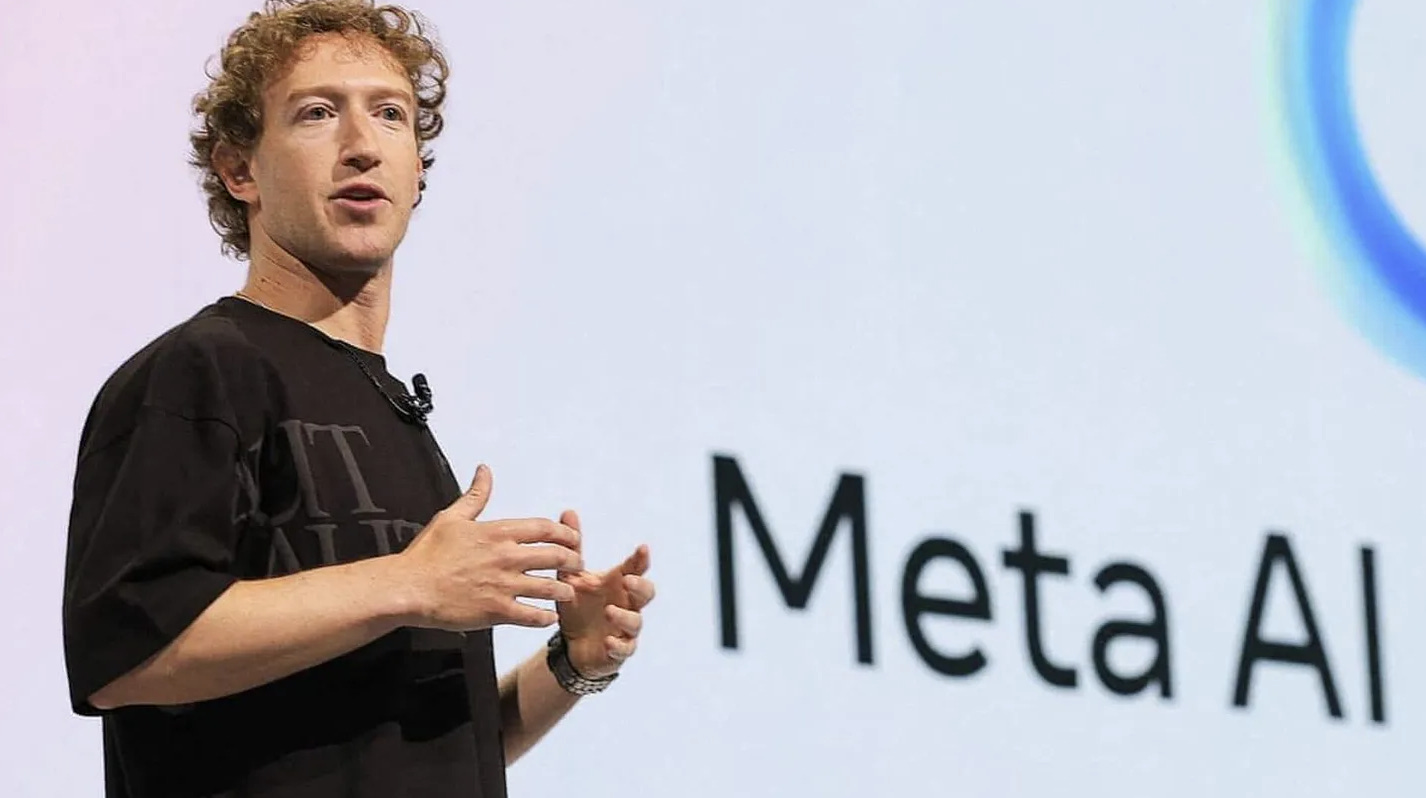What I Learned Last Week #20
Deleting second brains is scary. Context engineering in vibe coding. Gartner and Stanford AI agents studies. AI agents in marketing. Clouflare genius business model. Meta-OpenAI war. And more...
Here are some interesting things that I remember from last week:
Why deleting your Second Brain can be very scary (or liberating, depending on whom you ask).
When it comes to AI-driven engineering (you can call it vibe coding, that’s fine), context engineering matters more than prompt engineering.
Many startups are developing AI tools to automate things that people don’t want automated, according to a Stanford study. A Gartner study doubles down on that, estimating that 40% of AI agents will end up in the trash can.
But there are a lot of smart ways to use AI agents, for example, in marketing.
Or in fiction writing, where some AI agents are hard to spot, while others just make a terrible mess. Just like humans.
Cloudflare is testing a genius business model: charging scrapers!
The Browser company is dropping Arc to build Dia (still in private beta), but there is an open-source version called OpenDia if you want to try it out.
I am testing OpenMemory, a Chrome Extension to sync the memory of Claude, Perplexity, and ChatGPT.
Meta started a poaching war against OpenAI.
That’s all, folks! Enjoy!
Someone Deleted Their Second Brain
And It Totally Freaked Me Out
This is a view of all my Obsidian notes from the past 18 months. I think of it as my “Second Brain”—if you are familiar with Tiago Forte’s concept—or as an interconnected maze of daily notes, weekly reviews, monthly reflection, countless articles, Kindle highlights, and more. It is an augmented, digital version of my failing memory. When I read last week that had deleted all her notes from the past ten years, it freaked me out. She described feeling relief. While reading her reflection on the process, I understood more about my own addiction to digital memories: the terabytes of notes, documents, photos, and videos I have carefully collected (or carelessly generated) over the past decades. I am just not ready to hit delete. Are you? Read more and decide →
Context Engineering Is What Matters In AI-Driven Engineering
Most people think that AI-driven engineering is just vibe coding $#!tty apps or maybe using the right prompts in Copilot. The right approach is not prompt engineering, but context engineering, where the right info, tools, agents, and documentation are properly synchronized to avoid common AI failures. I use RooCode/PearAI with customized agents and a complex memory bank, which also serves as an always-up-to-date documentation for my projects. There are other approaches, following similar principles. Read more →
Many AI Tools Miss What Workers Want To Be Automated
The fact that I am passionate about AI agents and fiddling with a lot of AI experiments to improve my work and life does not mean that I am a blind believer. A lot of them fail miserably, and a lot of them work, but are not helpful at all. This is also what a Stanford study revealed: nearly half of AI tools automate tasks workers don't want automated. Read more →
Gartner Predicts High Failure Rates for Agentic AI Projects
In line with what Stanford found above, Gartner warns that over 40% of agentic AI projects will be scrapped by 2027. The reasons, beyond lack of value, are mostly related to costs, reliability, risk, and security. When it comes to AI agents, we'll do what people did after discovering fire: first get burned, then figure out a better way to use it. Read more →
How To Use AI Agents in Marketing
Kyle Poyar from Growth Unhinged talks to Relay's CEO, who runs a marketing "team" of over 40 AI agents. It's not hype or promotional crap, and showcases some interesting agents I plan to steal: a LinkedIn content idea agent, an engagement tracker agent, a competitor analysis agent, and many more. Read more →
Can You Spot AI Written Fiction?
Daniel Nest at Why Try AI has teamed up with seven AI writers to craft a futuristic flash fiction story. Some parts nailed the vibe, others fell flat. The catch is to figure out which is which. Then we can argue that "AI will never be creative or write anything original"! Read more →
Cloudflare Hints at Extremely Interesting Business Model
Cloudflare launched Pay per Crawl, a new way for content creators to monetize AI access. By using the HTTP 402 payment required status, publishers can charge AI crawlers per request, controlling who can access and at what price. It's genius, and the next thing I did was go and check their stock price. Read more →
The Browser Company Dropped the Arc Browser To Build Dia, an AI-first Browser
The Browser Company ditched its popular browser Arc and started to build Dia, a fresh AI-powered browser. Supposedly, it is designed to simplify web tasks by remembering your context and giving intelligent answers. With OpenAI Operator costing $200 per month and Perplexity Comet still not launched, Dia looks like an interesting alternative. It's only accessible to Arc users for now, but you can also try an open-source alternative, OpenDia. OpenDia. Read more about Dia or get OpenDia →.
A Chrome Extension to Synchronize Your AI Workflows and Context
OpenMemory is a free Chrome extension that syncs your memory across popular AI tools like ChatGPT, Perplexity, and Claude. If you are using more than one tool, this claims to synchronize AI context and preferences across sessions and platforms, making your AI interactions smarter and faster. Read more →
Meta’s Superintelligence Lab Starts an Open War with OpenAI
Meta has launched a new AI superintelligence lab, poaching a lot of senior AI researchers from OpenAI. This move is only pushing up hiring costs (forget about it if you don't have millions in your pocket). OpenAI has responded by giving everyone a forced one-week vacation. I found it a funny move, as someone observed that this would just let OpenAI employees have more time to fill in their Meta job applications or show up for interviews. Read more →



